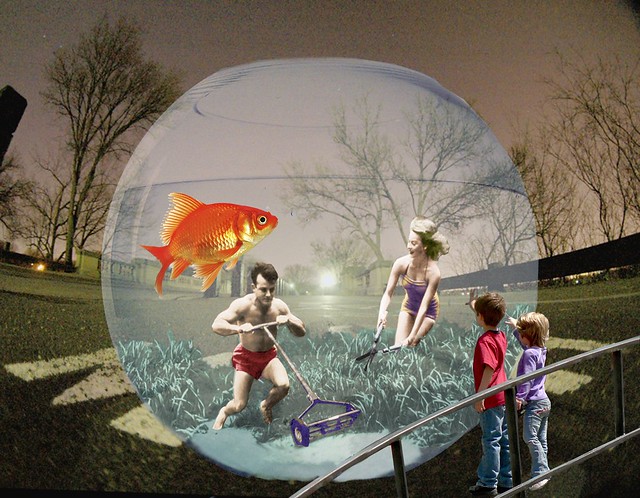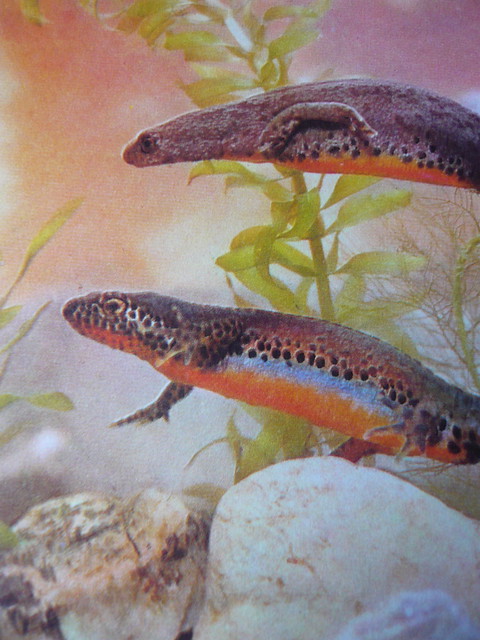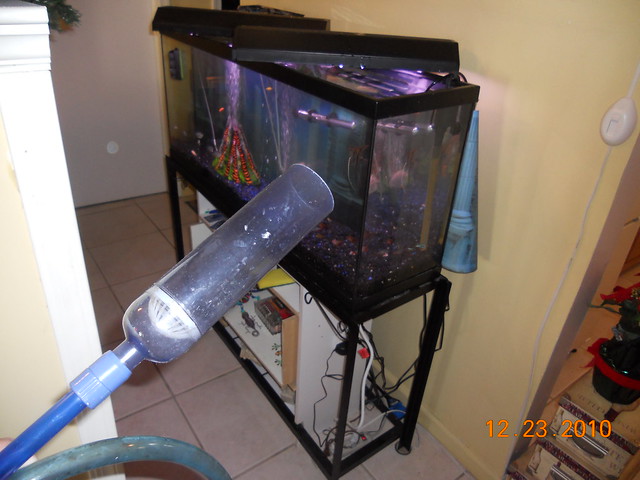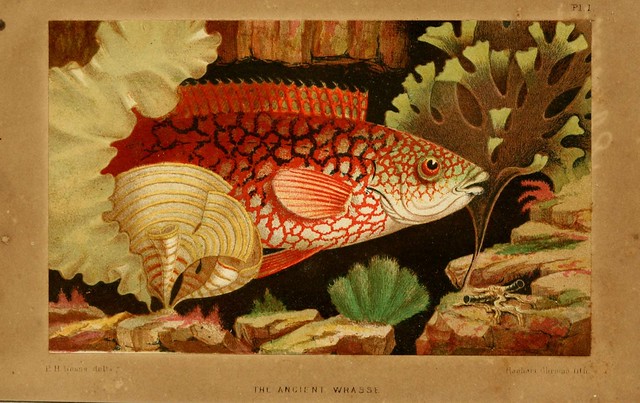 |
| An open brain coral under actinic lighting. (Photo credit: Wikipedia) |
Conversely, species such as SPS (Small Polyp Stony Coral) that include Acropora, Montipora, Porites, Brain Coral, Bubble Coral, Elegance Coral, Cup Coral, Torch Coral, and Trumpet Coral require far greater intensity with lighting, making them a substantially greater challenge for the aquarium hobbyist, especially considering more light usually means more harmful algae will grow in the tank.
The best lighting technique to keep your coral safe is the light emitting diode (LED) technology, which has begun to make the former standards: gas and filament based lighting systems obsolete. Though initially more expensive than gas and filament systems, over time they save money because they use less power and have a longer lifespan, meaning fewer replacement costs and hassle.
It is important to note that the zooxanthellae’s photosynthesis process requires light of two different colors: red and blue, which is why aquarium lights often will exude a purple hue, as most of them provide both colors as an industry standard.
While it is essential to have the minimum amount of light in order to meet the zooxanthellae's minimum requires for photosynthesis to work, it is also important to note that it has an upper limit tolerance as well. Your lights must, therefore, be in the middle or bad things will happen to both the zooxanthellae, and as a byproduct, the coral.
While not an exact science as for how much or how little light depends on how many zooxanthellae reside in the coral, and that can be anywhere from thousands to millions, but a good place to start would be to ensure that your intensity minimum is 3000-lux and that you don’t go above 120,000-lux. While this may seem to be a quite wide and open range, you will have to make determinations base on the behavior of your coral.
Good quality types of lamps to use would include fluorescent, and you should use six lamps, or if your aquarium is not wide enough for that, then it is recommended that you instead utilize high output lamps, which are more expensive, but necessary. You should replace these bulbs every six months. Power compact fluorescent lamps, which are U-shaped, are an even better option, and you will only need four.
Coral is an excellent addition to any aquarium, and there is much fish that enjoy coral as a food source. Regardless if you have added coral to your aquarium to survive or as sustenance for your fish, you have to have the right lighting or it won’t survive.













